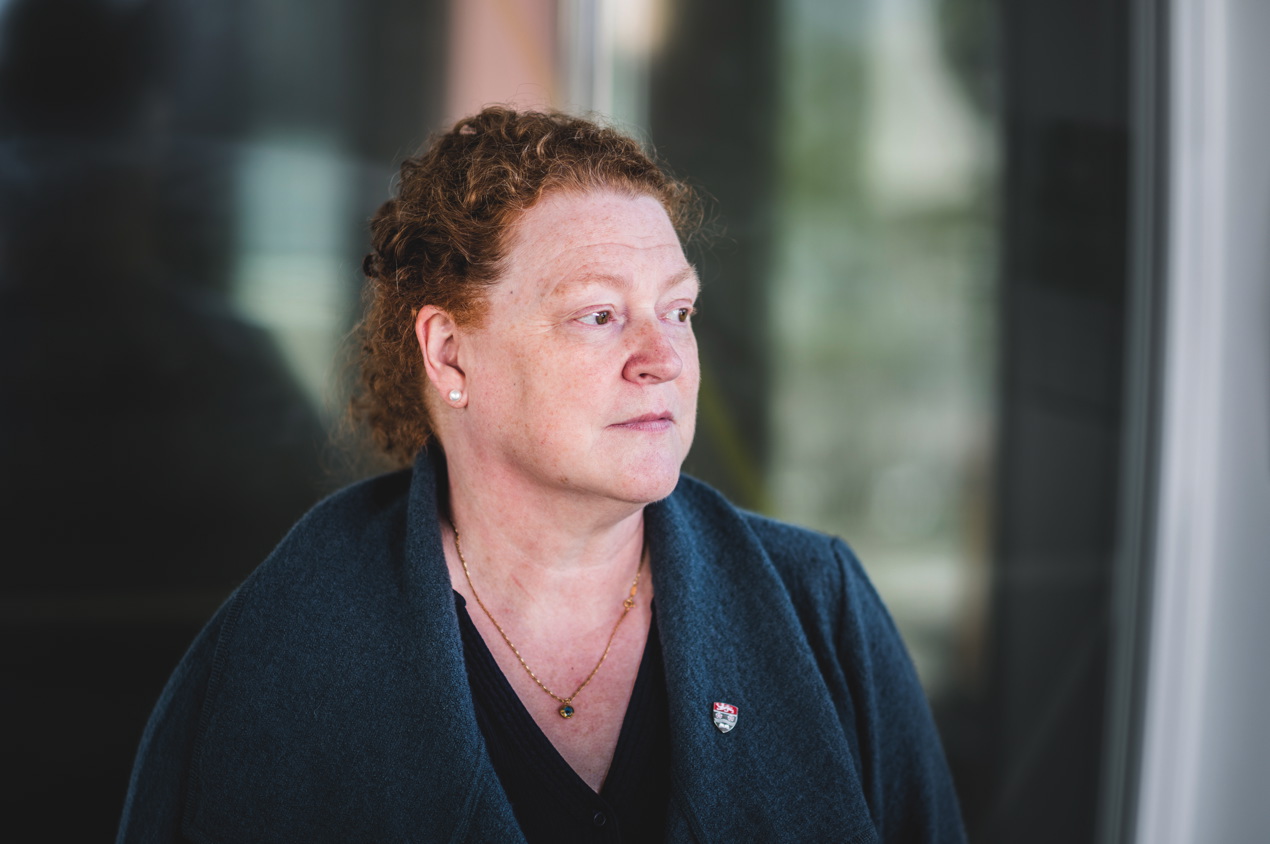Give abuse research a hand
Images of hands used to identify paedophiles
Researchers are developing ways to identify paedophiles from their hands – but need help from the public to take the work further.
A multi-disciplinary team from Lancaster University is investigating what makes human hands unique but needs 5,000 citizen scientists to contribute to the first searchable database of their anatomy and variations.
The £2 million H-Unique project, funded by the European Research Council and in collaboration with Dundee University, will build on ground-breaking techniques pioneered by forensic anthropologist and academic lead Professor Dame Sue Black.
Black, pro-vice chancellor at Lancaster, regularly produces reports which have been used in court to identify individuals from images of their hands in child abuse materials. A staggering 82 per cent of cases her team has worked on have ended up with a change of plea from the defendant. The citizen database is for research purposes only and will be destroyed at the end of the project. But its existence will allow the team to develop an algorithm, which will mean abuse images will initially be sifted through by computers – speeding up the process and flagging up potential links between material on police databases.
Black said: “The hand retains and displays many anatomical differences due to our genetics, development, environment or even accidents so each person’s hands are different. We want to know what people’s hands look like – their vein patterns, scars, callouses, freckles, creases and the lunules at the base of their fingernails. We want to get to the point of being able to train the computer to find the anatomical features that we can see.
“We want to learn what proportion of people have a scar on their little left finger, for example, because when we are working on cases we’ll then be able to say this kind of scar is very unusual and give the figures. At the moment we just don’t know.”
One benefit of training a computer to do some of this work would be efficiency. If detectives believed they had identified an offender, they could use the algorithm to trawl through police databases to find other images featuring the same hands. This could link cases in different countries for the first time.
Crucially, however, the use of artificial intelligence to carry out some of this work would also spare people having to spend hours looking at horrific images of abuse.
Black said: “It would prevent people from having to trawl through all these horrendous images, which are really taxing emotionally. If a computer could identify that this is a hand and extract the anatomical features that we would look at, it could then compare them with a suspect and come out with a likelihood of a match.
“A computer can never go into court, of course, so it would always be a person who would make the final decision about whether the computer has done the right thing or not. But to be able to trawl through so many more images than can be done by eye really would open up possibilities for the field.”
Black’s involvement in this area began by chance. A Met police officer who she had worked with in Kosovo, where she helped investigate war crimes, asked for help on a sex abuse case the force was struggling with, where all that could seen on a video was a hand and forearm. That led to more British cases, as well as work for the FBI, Europol and Interpol.
Cases can be relatively straightforward – where there is just one image involved a report can be compiled within a day. The team provided analysis for the Reynard Sinaga case – the recently jailed Indonesian student who is believed to have raped around 200 drugged and unconscious men. Each frame of every video had to be looked through individually – an onerous undertaking that took months.
At the initial stage the research team only examines the offending material, to judge whether there are enough anatomical features to make a comparison. Once these have been marked up they look at the photos of the suspect provided by police.
Black said: “In some cases it’s very obvious that we can exclude and say this is not the same person, and that is really valuable. It’s valuable for the police investigation to make sure they are not going up a blind alley but also hugely important for the person who may have been accused of committing this act when they hadn’t.
“When you have similarities between the hands and no differences we can’t say with 100 per cent certainty that these are the same two people. All we can say is that the similarities have been formed in different ways – some are genetic, some are traumatic, some are developmental. It is the job of the court to decide if this person is represented in both sets of individuals. All the other circumstantial evidence forms the much larger picture of the case and our evidence fits into that.
“There have been quite a few cases where people have changed their plea to guilty after seeing our report. We always assume that each case will go to court, but 82 per cent of the cases that we take on have eventually ended up with a change of plea. And that’s really powerful.
“That saves time and money in the courtroom but it also means witnesses and victims and families are spared the trauma of having to go to court. But it’s equally important that the evidence does go into court and is subject to a robust examination because the science has to be able to
stack up. This is about innocence or guilt. Our job is unbiased and it shouldn’t matter if we are retained by the prosecution or defence.”
For more information see h-unique.lancaster.ac.uk
Photo: Professor Black’s work began while investigating war crimes in Kosovo

Leave a reply
Your email address will not be published.